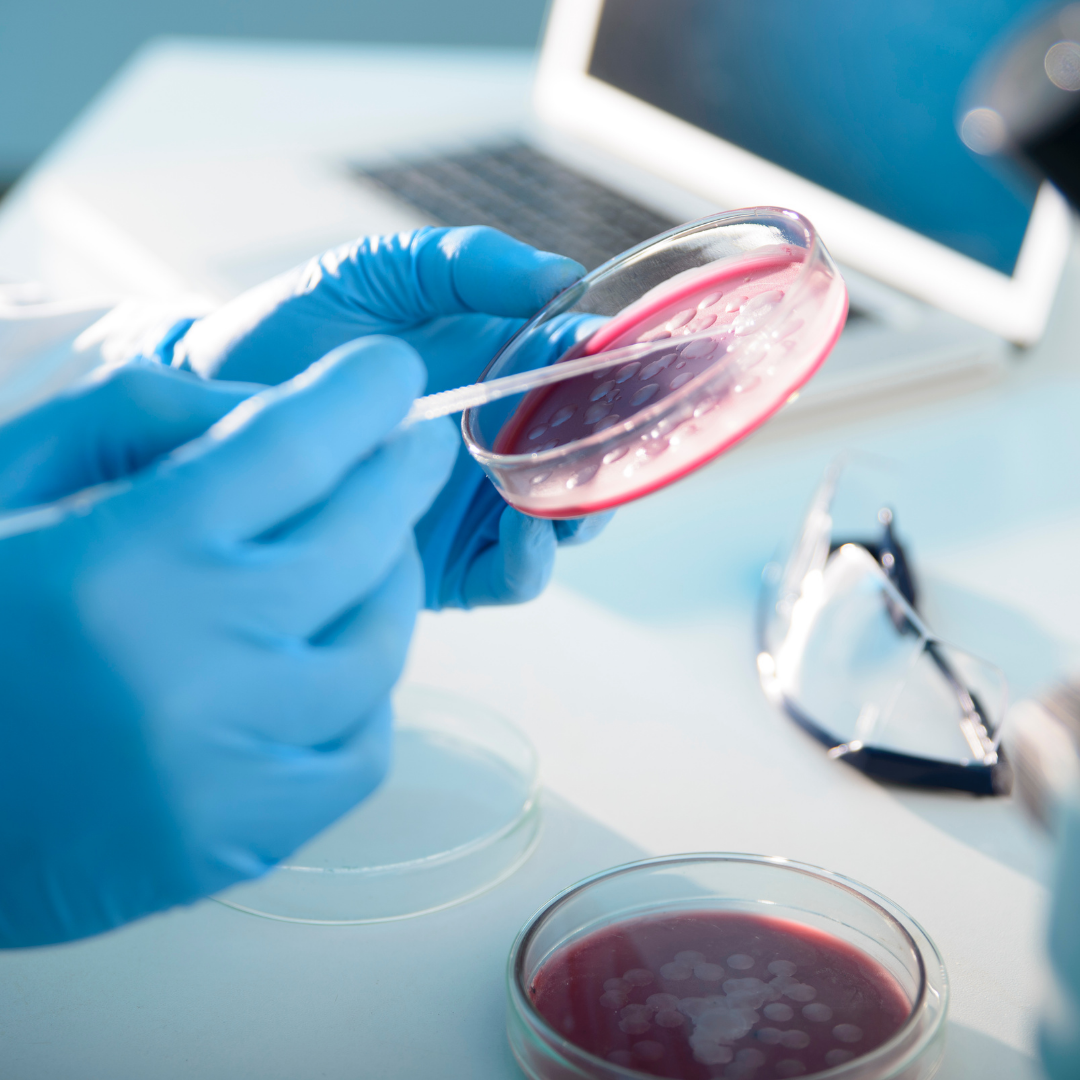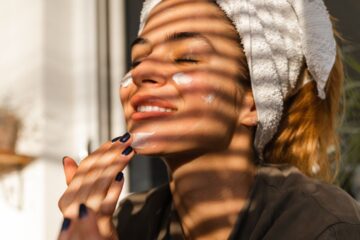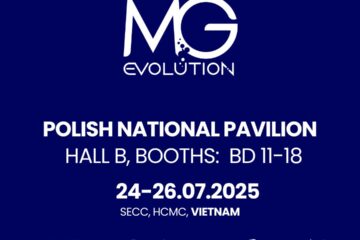Microbiological testing of cosmetic products is important for ensuring consumer safety and is required by EU regulations. Microbiological testing procedures are defined by ISO standards and involve both quantitative and qualitative assessment of microorganism presence in products. Various culture media and staining techniques are used for identifying specific bacteria.
Each cosmetic undergoes a quality assessment, confirmed by a two-part safety report. The first part of the report contains detailed information about the composition, physicochemical properties, microbiological, and toxicological test results. The second part concerns label information and qualification of the expert responsible for the assessment.
Basic microbiological tests for cosmetics include:
- Total viable count (mesophilic bacteria, yeasts, and molds)
- Presence of Pseudomonas aeruginosa
- Presence of Staphylococcus aureus
- Presence of Candida albicans
- Presence of Escherichia coli
- Additionally, a Challenge Test is conducted to assess the effectiveness of preservatives used in the product.
GMP
Good Manufacturing Practice (GMP) comprises procedures aimed at ensuring that products, while not necessarily sterile, do not contain harmful organisms, and the level of microorganisms is controlled, stable, or decreases throughout the product’s shelf life. GMP includes production procedures focusing on hygiene, preventing the production of low-quality products, and maintaining uniformity. In the cosmetic, pharmaceutical, and food industries, adherence to these principles is particularly important due to the impact of these products on consumer health. GMP actions aim to ensure product repeatability and uniformity by supervising production processes from raw material procurement to final product packaging.
Summary
The degree of risk of microbiological contamination of a product depends on its characteristics conducive to microbial growth and potential threat to consumers. Many cosmetics create ideal conditions for microorganism growth due to high water content, nutrient ingredients, and neutral pH. However, there are also low-risk products due to properties hostile to bacteria and fungi. Composition, production process, and packaging type influence product protection against contamination. Standard preservation tests are conducted to assess the effectiveness of preservatives. To ensure preservative stability, it is recommended to conduct tests both during formulation development and on the finished product in commercial packaging.




